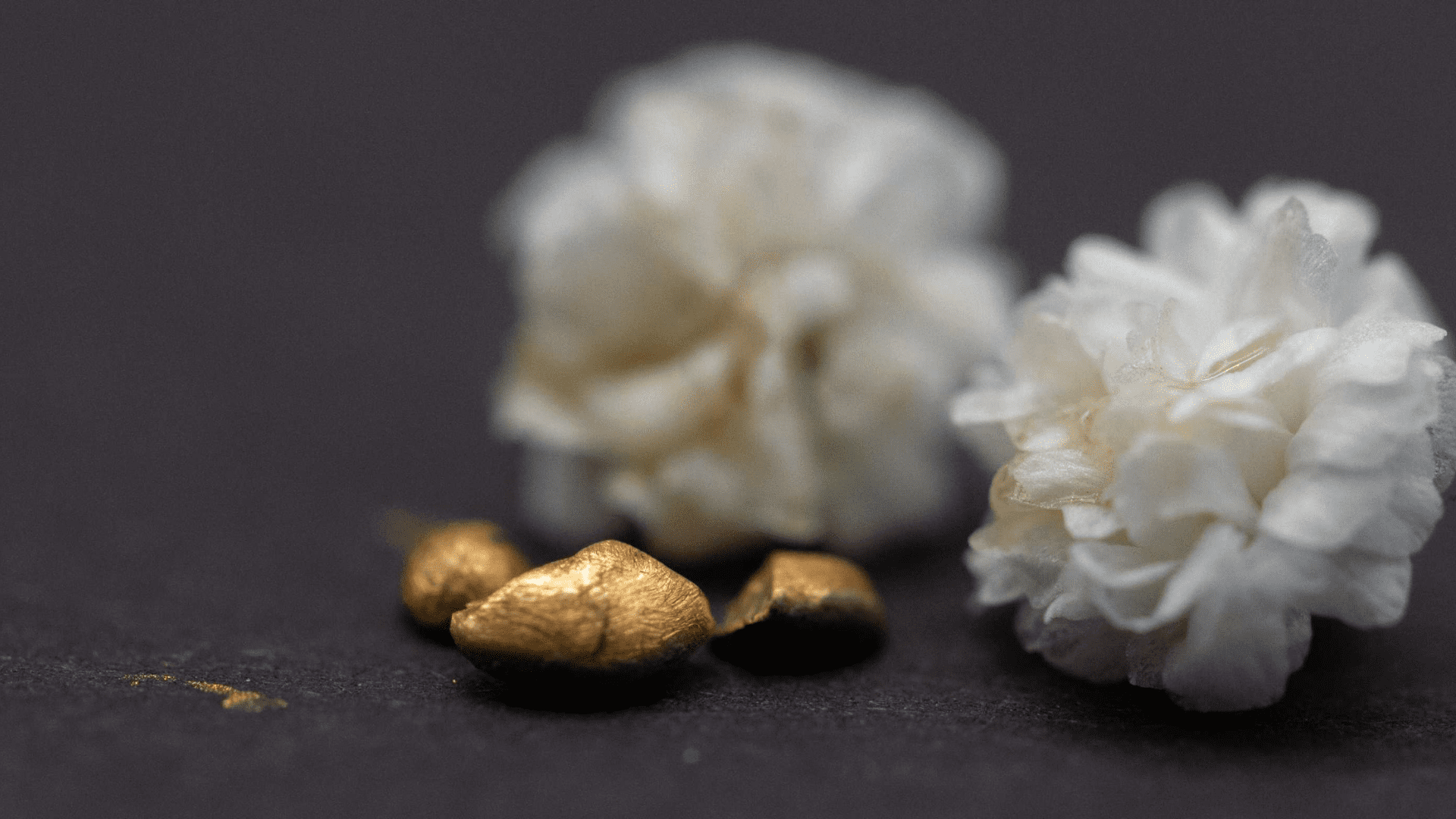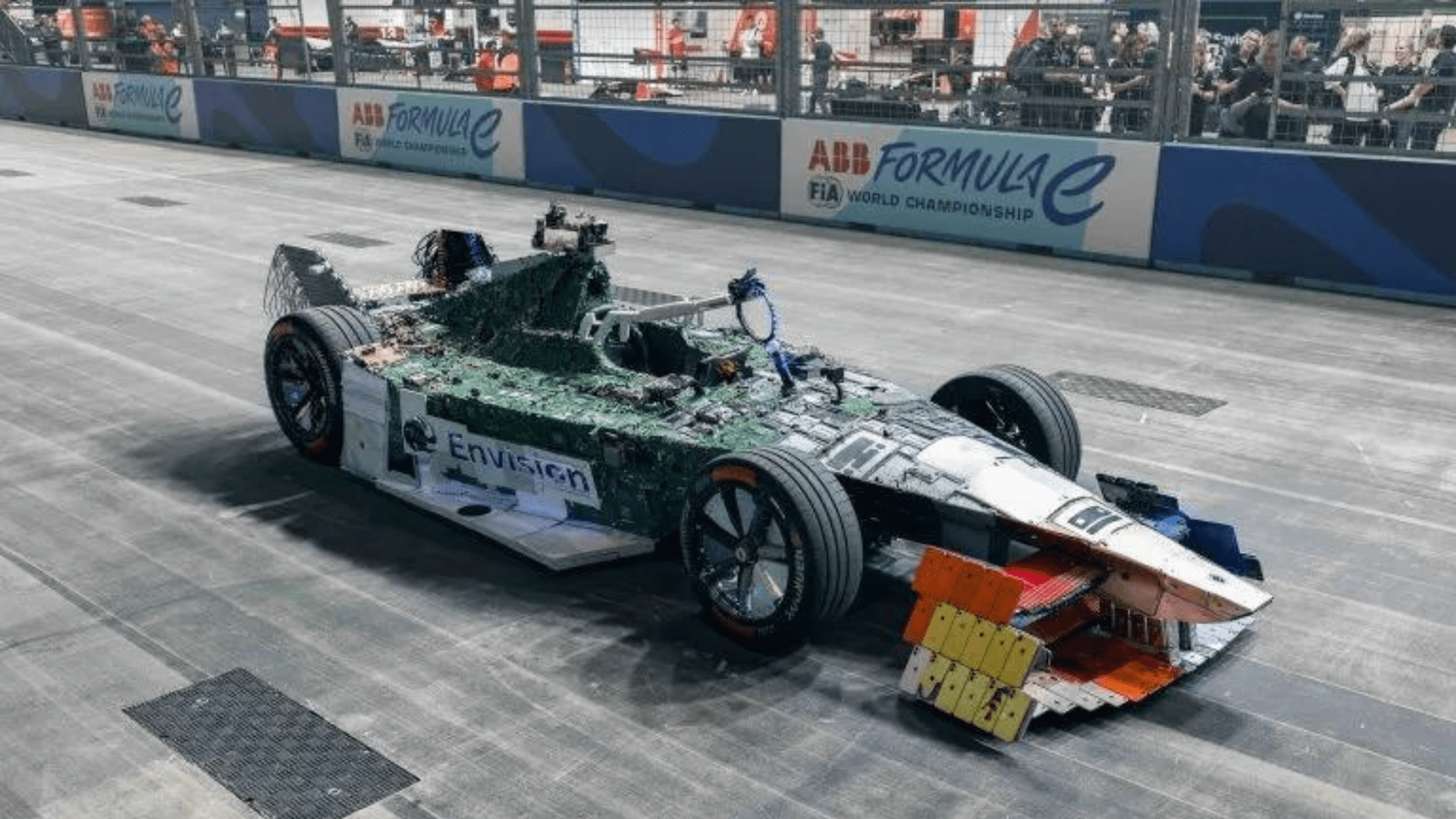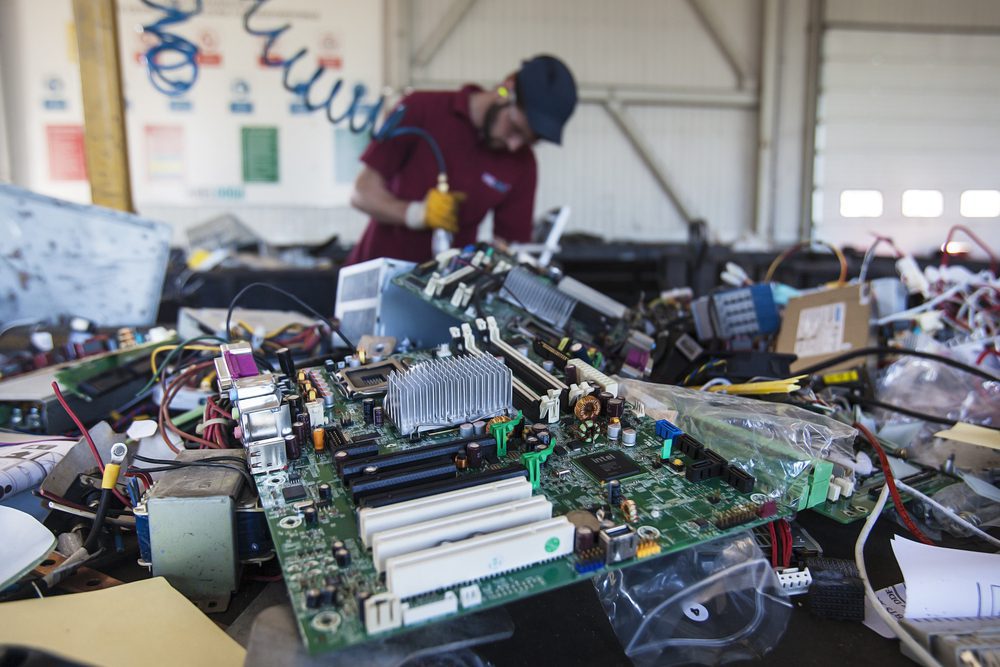There is another gold rush happening in the form of electronic waste. Researchers and scientists with ETH Zurich found a sustainable new method to extract precious metals from different parts of used electronics.
Extracting Gold
Transforming base materials into precious metals like gold is a concept that dates back to the earliest ages of alchemists. Professor Raffaele Mezzenga from ETH Zurich accomplished something similar. While not transforming materials into a precious metal, he found a way to sustainably recover gold from electronic waste. Mezzenga uses a byproduct of the cheesemaking process to extract the precious metal. He said, “You can’t get more sustainable than that.”
There is a rising demand for precious metals and old electronics contain various of them. There are valuable metals in old computers and phones, including copper, cobalt, and even a significant amount of gold. However, modern methods of extraction often involve highly toxic chemicals. Mezzenga’s team of researchers takes a different approach that they say is efficient, cost-effective, and overall more sustainable. They successfully extracted gold from e-waste using a sponge made from a protein matrix.
Explore Tomorrow's World from your inbox
Get the latest science, technology, and sustainability content delivered to your inbox.
I understand that by providing my email address, I agree to receive emails from Tomorrow's World Today. I understand that I may opt out of receiving such communications at any time.
Metal Extracting Sponge

To make the sponge, ETH Zurich scientist Mohammad Peydayesh and his colleagues took away the natural properties of whey protein using acid and high temperatures. The whey proteins turn into protein nanofibrils in a gel. Scientists dried this gel and made a sponge with protein fibrils.
Researchers took over 20 computer motherboards and extracted the metal parts. They dissolved those parts in an acid bath to ionize the metals. Once everything dissolved, they placed the protein fiber sponge in the metal ion solution. Metal ions adhered to the sponge but they found gold ions do so more efficiently.
After extracting the gold ions, researchers heat the sponge to turn the ions into gold flakes that are melted down into a nugget. Out of the 20 motherboards, they obtained a nugget of around 450 milligrams. 91% of that nugget was gold, and the remaining parts were copper, similar to 22 carats.

Eco-friendly
Mezzenga believes this technique has potential in a commercial setting. According to his calculations, the cost of obtaining the materials added to the energy costs for the entire process is 50 times lower than the gold’s value that can be recovered. Next, the researchers want to make the technology ready for the market. While electronic waste is the most promising product to extract gold, they say there are possibly other sources. For example, they believe other sources include waste from microchip manufacturing or gold-plating processes.
In addition, researchers want to investigate the possibility of manufacturing sponges from protein-rich byproducts or waste products from the food industry. Mezzenga said, “The fact I love the most is that we’re using a food industry byproduct to obtain gold from electronic waste.”







